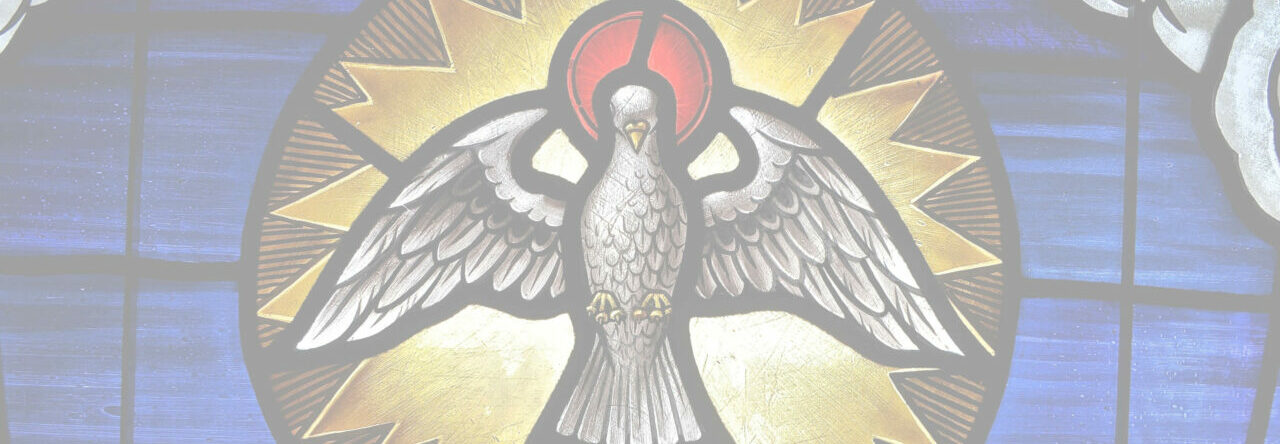It’s the Easter season. Today is Good Friday. Christmas is good and all, but I have to share Tom Wright’s dissatisfaction with the fact that Christmas has come to overshadow Easter both in the commercial world and in the Church in many parts. The death and resurrection of the Son of God is the heart of the Christian faith, and if what we say is true, it is the sequence of events that changes everything. It is an embarassing affront to anyone who wants to take the name of Jesus, yet hold to a sort of invisible and irrlevant spiritual Gospel, or a version of the Saviour that accomodates inner peace and eternal (yet decidely immaterial) life. Easter reminds us that Christianity presents us with a flesh and blood man who died and who bodily rose. You can’t hide a religion like that in respectable language that doesn’t want to give the appearance of crudeness or falsifiability. We don’t shrink back from saying that this completely dead man was brought back to life and not only that, presented himself to his followers as the physical, completely credible and very real Lord of creation. There’s no room for blushing liberals to have a sort of divine moral example who will live on in our hearts, or any kind of Platonic teacher of wisdom who has transcended the unnecessary physical world. Christianity will have none of that. Like it or leave it, but you can’t re-make Easter in a more respectable mold. The physical death and physical resurrection of Jesus is what grounds our hope, not only of eternal life, but of the transformation and ultimate redemption of creation. It gives the things that God has made eternal value. God is interested in the world, it is not destined for the scrap heap, and he is pleased to see it redeemed. Tom Wright, mentioned earlier, has plenty to say about this in his excellent book Surprised by Hope (SPCK, 2007), which I’m reading at present, and will be reviewing when I am done.
On another note, but staying with the Easter theme, this interesting and short article has appeared at the website of the Biblical Archaeology Society. We typically think of the scene of Jesus’ prayers in Gethsemane prior to his arrest as taking place in a garden. But the New Testament never actually refers to Gethsemane as a garden. Gethsemane is a cave!

Image: The cave of Gethsemane.

Tom Wrong
I dunno. The whole Easter resurrection story strikes me as beginning with some mystical visions. It’s certainly the best explanation.
Matthew Flannagan
Why is that the best explanation?
Glenn
Tom, that strikes me as a pretty bad explanation, simply because it doesn’t explain the emergence of early Christian belief at all.
The disciples never claimed to have had mystical visions of these events. Some of them did however claim to have experiences mystical events (i.e. visions) at other times, so it’s hardly a useful explanation to posit the view that they had such visions here – as though they didn’t know the difference between physical occurences and visions, and could have confused the two. They claimed that Jesus rose bodily from the grave, and to think that there was no distinction in their minds between physical things in the world and mystical visions is implausible to put it mildly. It’s virtually impossible, for example, to see how a mystical vision could give rise to the belief that Jesus’ tomb was empty. Even if it had given rise to that belief in the empty tomb, it could have been pretty quickly disproven if it were false, namely by showing that the tomb wasn’t empty.